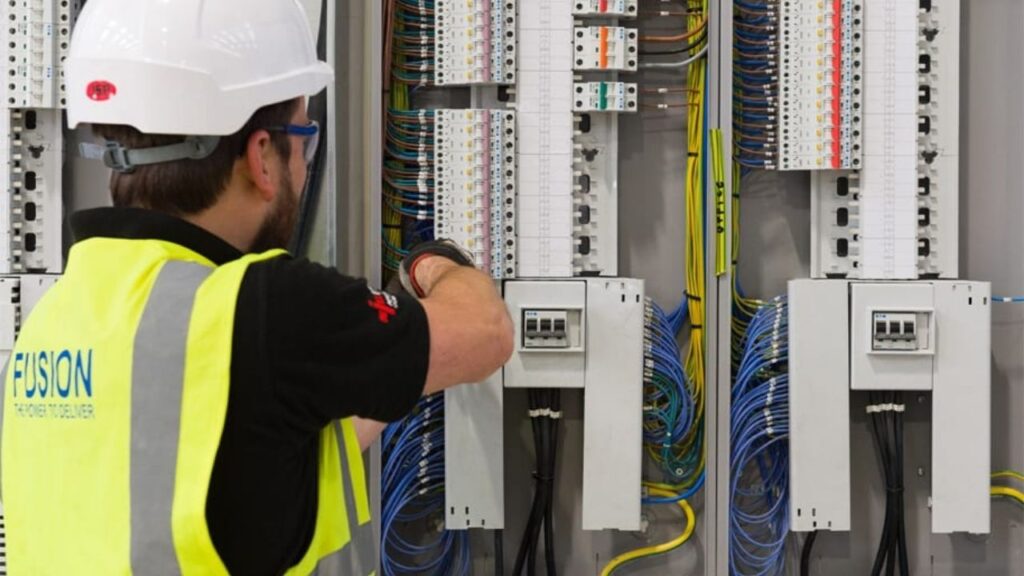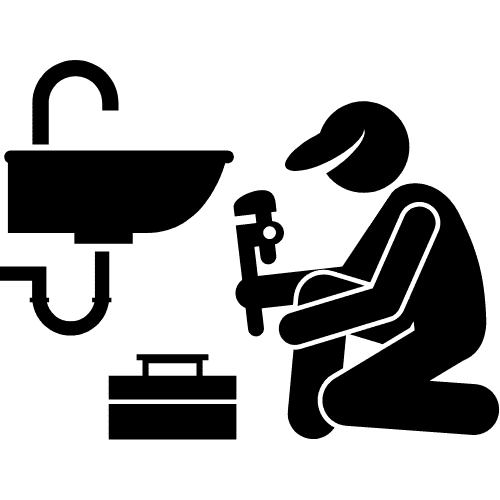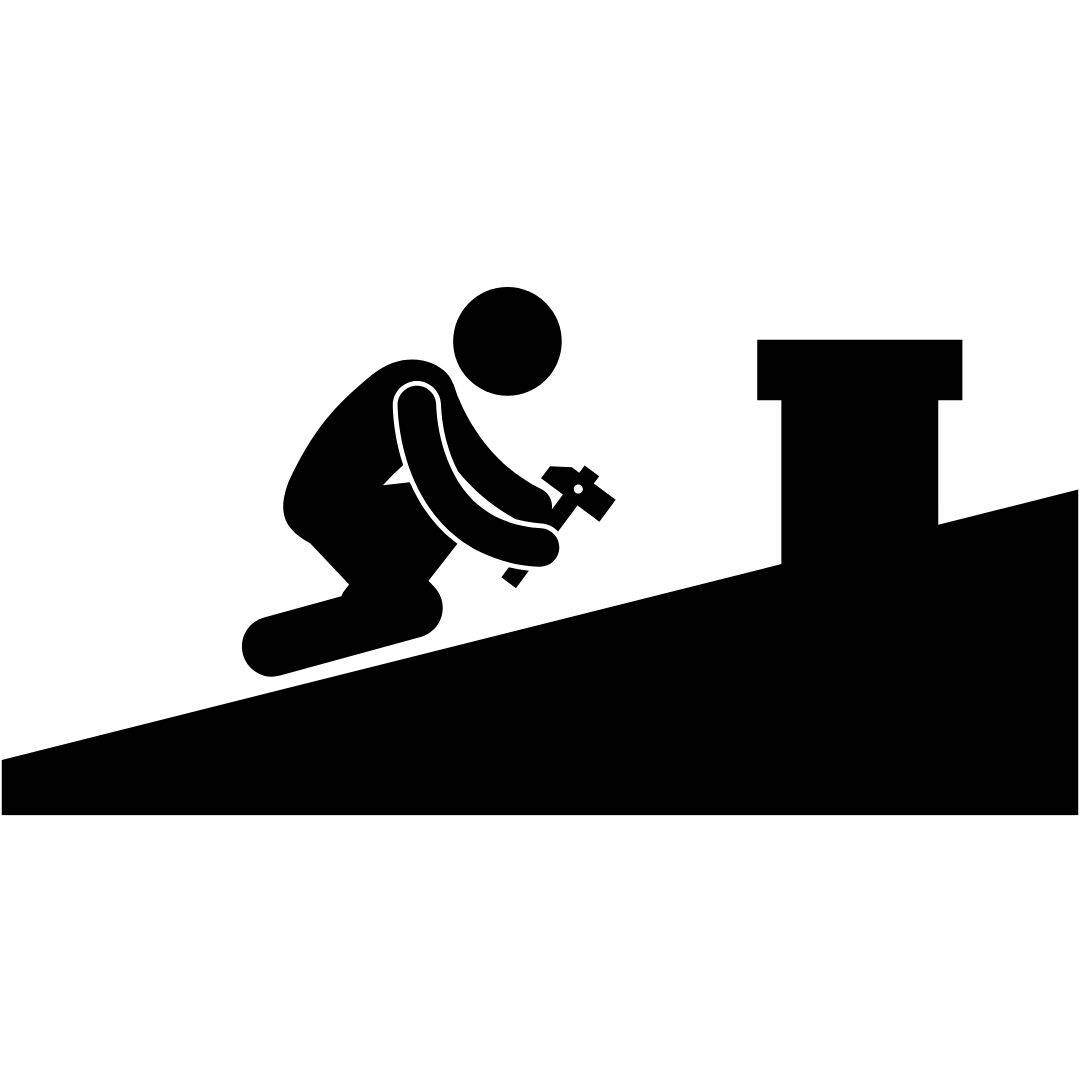Electrical Cost Estimator in North Carolina, Fl
Many electrical contractors, instrumentation & control contractors, HVAC contractors, low voltage contractors, electricians, technicians, designers, and electrical vendors contact us for acquiring professional electrical estimating services in North Carolina, Fl.
Customer satisfaction is our topmost priority and with our unparalleled customer support, we thoroughly engage with them to understand their true needs. All the services are well customized according to the client’s requirements.

Our estimate package generally includes digital takeoff sheets; material, fixture, equipment & gear counts; labor hours & labor units; material & labor pricing; marked up drawing plans; reviewed bid documents; takeoff summary reports; etc.
Frequently Asked Questions ( FAQs)
The method of computation of all required engineering materials and the expenditure likely to be incurred in carrying out a given work before the actual execution of work is called estimation. Hence an estimation includes calculation of quantity involved and quality aspects of the material required.
The Subject Electrical Design Estimating And Costing Covers An Important Functional Area Of An Electrical Diploma Holder. The Subject Is Taught In Various Forms In Different States. In Some States, It Is Covered Under Two Subjects, Namely, Electrical Design & Drawing And Electrical Estimating & Costing.
The purpose of cost estimation is to predict the quantity, cost, and price of the resources required to complete a job within the project scope. Cost estimates are used to bid on new business from prospective clients and to inform your job and budget planning process.
- Choose the Right Work to Bid.
- Review the Specifications.
- Review the Drawings.
- Perform a Quantity Takeoff.
- Request Supplier Quotes.
- Create your Estimate.
- Add Overhead and Profit.
- Build your Proposal.
How to estimate electrical work
In the world of electrical contracting, you have to estimate and submit bids in order to win projects and stay in business. This means bidding low enough to win against many competing electrical contractors, while high enough to cover all the project costs like labor, material, equipment rentals, subcontractors, and indirect cost or otherwise known as overhead required to run your business. And don’t forget including enough profit for taking on the risk and of course growing the business. In the steps below, we’ve outlined a proven electrical estimating system to help you get started.

-
Choose the Right Work to Bid
The first step in the electrical estimating process is selecting the right type of work to bid. You should avoid bidding electrical projects where you have limited experience and are more likely to make mistakes during the estimating process and project execution should you win the electrical construction project.
-
Review the Specifications
Thoroughly review the Division 01 general specifications in addition to the Division 26 specifications and pay close attention to contractor qualifications, payment terms, bonding capacity, insurance requirements and make sure you can meet the qualifications and live with the legal language should you win the construction project. When you’re finished with the general specifications, it’s time to move onto the Division 26 specifications and make a note of the material grade, installation methodologies and responsibilities of costs (who provides fire alarm, communications, etc.) Generally the spec’s will determine the quality of materials while the drawings determine quantities. It’s important to highlight anything out of the ordinary and make sure you include these items in your bid.
-
Review the Drawings
Look over the drawings at a high level to get an idea of the full scope of work. You should review the architectural in addition to the electrical drawings to understand working heights and elevations that will affect labor costs, material pricing and equipment requirements. Once you have an understanding of the general construction (think birds eye view of the project) it’s time to review the Division 26 drawings taking note of any technical details that are depicted and watch for any discrepancies between the drawings and specifications and write this down.
-
Perform a Quantity Takeoff
Pull out your highlighters, scale master or your favorite takeoff software to begin the process of counting and measuring items depicted in the electrical drawings like light fixtures, receptacles, conduit runs, panels and gear.
-
Request Supplier Quotes
One of the reasons we suggest getting your lighting counts first is to expedite the process of receiving a quote for these items because they’re generally quoted independently of the rest of your materials. A couple things to note, do not worry about getting the specifics on the light fixtures, rather note the designations used to identify the fixtures on the plans i.e. A1, B1, C1, etc. The lighting firm will reference the lighting schedule and look up the item details and provide a lump sum quote.
-
Create your Estimate
Now that you have the quantities laid out you’ll need to determine the unit cost for each item. To accomplish this, you need to determine the material and labor costs associated with each task and extend those out by the task quantity. Determining the material cost is simple, a quick call to your supplier or pricing service can give you this data, but the labor cost requires that you know how long it takes to install the material.
-
Add Overhead and Profit
Now that we have our estimated job cost (direct costs) we need to add profit and overhead to those costs to arrive at our sales price. While profit is pretty self-explanatory, overhead is not and is the total of all the other indirect expenses that are required to run your business including your office lease, estimating, sales, marketing, bookkeepers, and other expenses that must be paid to keep your business operating smoothly. Like profit, overhead is a percentage that you add to the project costs to land at your sales price.
-
Build your Proposal
Now that we have our sales price, we need to create a proposal that details what is included in our bid in clear and concise terms. We suggest using similar language to what was used in the project specifications and drawings. This makes it easier for the General Contractor reviewing your proposal to ensure you’ve covered everything and that nothing major is missing and he can therefore trust your price.
Commercial Electrical Estimating North Carolina, Fl
- Universities
- Libraries
- Schools
- Hotels
- Research Labs
- Warehouse
- Office
- Hospitals
- Banks
- Airport
- Movie Theatres
- Restaurants
- Walk-In Refrigeration Systems
- Security Systems
- Backup power
- Access control
- Emergency Controls
- Networking
- Communication Systems
- Geothermal electric systems
- Camera surveillance
- Power distribution
- Temperature control
- Solar power systems
Check out Video
Choose Your Trade & Get a Sample Project
Why Choose Us
- You may save a lot of money on your project.
- Our estimate reports are highly accurate.
- We can make labour and material estimates in one or two days.
- Estimate Florida Consulting provides 24X7 customer support.
- Estimate Florida Consulting has worked with General Contractors, Sub Contractors, Developers, Architects, and Owners.
- Our charges are very affordable.
Google Reviews



Process To Get Electrical Cost Estimate Report
Here I am going to share some steps to get your electrical cost estimate report.
-
You need to send your plan to us.
You can send us your plan on info@estimatorflorida.com
-
You receive a quote for your project.
Before starting your project, we send you a quote for your service. That quote will have detailed information about your project. Here you will get information about the size, difficulty, complexity and bid date when determining pricing.
-
Get Estimate Report
We do electrical estimating and prepare a detailed report for your project. At last you finalize the report and finish the project.

















